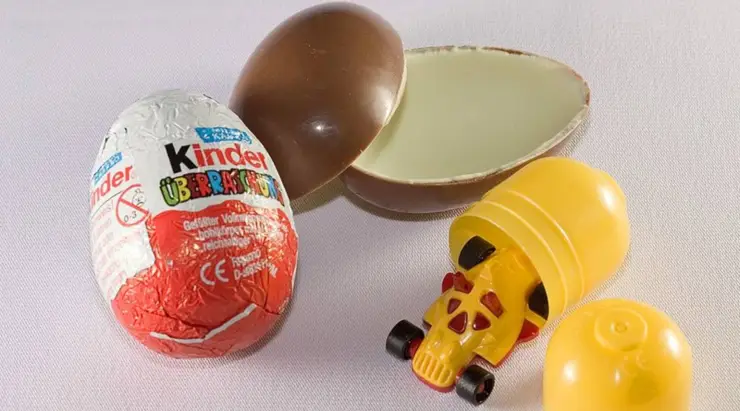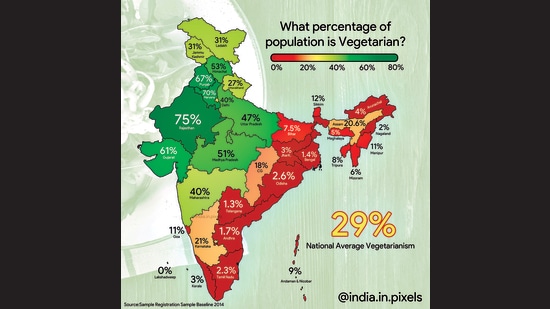I first chanced upon a Kinder Egg (“kinder überraschung“) when in Germany in the fall of 2000. I had signed up to join Commerce One to create a direct goods procurement app (paralleling the MRO procurement app that they had so successfully built). Upon getting there, I was surprised to find that they had cut a deal—between signing my up to join and my getting there 6 weeks later—to partner with SAP. (The story of the partnership is one I will speak to at a later date.) But, it was thanks to this partnership that I found myself in Germany.
Now, back to Kinder Eggs. As I walked around the SAP offices in Walldorf, I noticed desks decorated with collections of little toys. Curious, I asked what was going on. And, was pointed to my first Kinder Egg. As I recall in an earlier post, my father brought back some amazing toys for us kids during his frequent overseas travels. In the spirit of “from father to son”, I have learned to look for the unusual and, if truly unusual, bring it to the attention of many. It was, therefore, not surprising that I elected myself to the role of “Kinder Egg Ambassador”!
A Kinder Egg is an egg-shaped and sized chocolate around the “yolk” and a toy in the yolk. Wikipedia informs me that it was created to replicate an Italian Easter family tradition, in which adults give children large chocolate eggs with toys inside. The Kinder Egg tag line, not surprisingly, is “Treat + Toy…. Twice the Joy!” The chocolate is par for the course, nothing to write home about. But, it is the toy that is pure genius. Genius for a few reasons:
- First, the packaging of the toy, which has to fit into the geometry of the yolk. The implication of this is that the toy has to be broken apart into smaller pieces which can be reassembled.
- Second, the intuitiveness in the reconstruction of the parts into a toy. While every Kinder Egg comes with a tiny sheet with instructions, I am yet to run into a Kinder Toy that I couldn’t reason my way through and assemble.
- Third, the toy actually works! Meaning, many of them are dynamic. The become walking toys, spinning wheels, … you name it. So, here you are, putting the toy together and then actually playing with it!
- Fourth, every Kinder Egg has a different toy! So, beyond the issue of wanting to collect all the toys out there, there is always that element of surprise. Of wanting to quickly assemble the toy and play with it.
As it turns out, back in 2000, the FDA had forbidden the sale of Kinder Eggs in the US—for fear of children ingesting these toys and hurting themselves. So, there was a period of 5+ years when I would often fly home with a tray of Kinder Eggs (hand carried, on board!) to be used as back gifts to our children’s friends.
In fact, wanting to replicate what I saw at SAP, I chose to name the peer recognition award at Drishti “The Kinder Egg Award.” Sadly, the connotation was lost on many; and the covid-era work-from-home model prevented people from spontaneously acknowledging their colleagues. So, it has fallen by the wayside.
All that said, I remain in awe of the Kinder Egg toy designers. Curious to see examples of the 30+ billion eggs sold? Check them out here.










